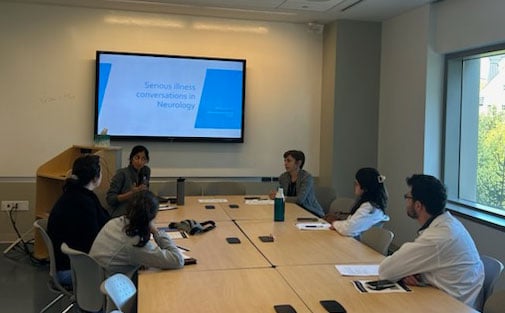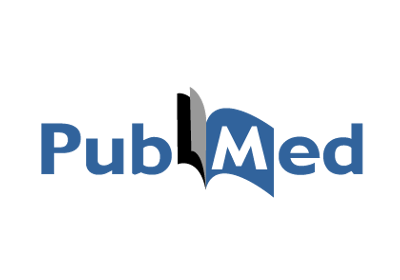Publication Spotlights
Congratulations on our team's most recent publication achievements!
 A recent publication on teaching palliative care to neurology residents at UMass in a simulated setting showcases the collaboration between palliative care and neurology in a recent article published in Neurology Journal titled Curriculum Innovations: Enhancing skills in serious illness communication in Neurology Residents Using Simulation:
A recent publication on teaching palliative care to neurology residents at UMass in a simulated setting showcases the collaboration between palliative care and neurology in a recent article published in Neurology Journal titled Curriculum Innovations: Enhancing skills in serious illness communication in Neurology Residents Using Simulation:
Read the article published by UMass Chan News, https://www.umassmed.edu/medicine/research/researchers-in-the-news/palliative-care-and-neurology-collaborate-to-develop-curriculum-that-aims-to-improve-serious-illness-communication-skills-for-neurology-residents/
April 2025
Felicia Chu, first author, of the April 2025 publication in Frontiers in Neurology, titled, Clinician and patient readiness to engage with community health workers at epilepsy care centers
Felicia Chu, last author, of the April 2025 publication in Frontiers in Neurology, titled, A qualitative analysis of clinician perspectives on community health worker integration at epilepsy centers
March 2025
Margaret Owegi and the Neuromuscular Medicine Research Center collaboration in The Healey ALS Platform Trial. Most recently, the trial study published three articles detailing the research findings.
